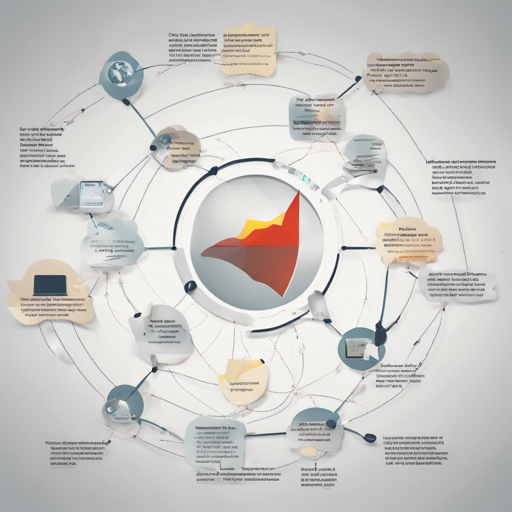In the world of databases, the ability to translate natural language queries into SQL statements is a game-changer. Today, we’re diving into the efficient yet powerful PICARD model (Parsing Incrementally for Constrained Auto-Regressive Decoding) that simplifies the process of text-to-SQL translation, particularly adept at handling unseen SQL databases.
Understanding the Basics
Before jumping into how to use the PICARD model, it’s essential to know a bit about its underlying architecture and training.
How Does It Work?
Imagine you are a translator at an international conference, tasked with converting spoken words into a specific language – SQL, in our case. You need to extract the core meaning from a speaker’s natural language query and convert it into an accurate SQL statement. Here’s what you need to do:
- Listen for the user’s question.
- Know the database schema (the structure of the database, including tables and columns).
- Effectively craft a SQL query that represents the user’s intent.
This model uses a database identifier alongside the user’s question, helping it pull in relevant tables and their columns before formulating the SQL command. Here’s a concise breakdown:
[question] [db_id] [table] : [column] ( [content] , [content] ) , [column] ( ... ) , [...] [table] : ...
The output will be structured as:
[db_id] [sql]
Training Data
The model is fine-tuned on the Spider text-to-SQL dataset, consisting of 7000 examples, enhancing its ability to perform zero-shot text-to-SQL translations. A zero-shot model, much like a skilled translator who understands various contexts and nuances, can generalize well to both familiar and unfamiliar scenarios.
Performance Overview
Upon deployment, the model achieves impressive accuracy rates:
- 71.5% exact-set match accuracy
- 74.4% execution accuracy
With the PICARD constrained decoding method, these rates boost to:
- 75.5% exact-set match accuracy
- 79.3% execution accuracy
How to Utilize the Model
To leverage this model, visit the official repository where you can find scripts and Docker images necessary for model evaluation and serving.
Troubleshooting Tips
Even the best models can encounter issues. Here are a few pointers to consider if things don’t work as expected:
- Ensure proper setup of your environment as detailed in the repository.
- Verify the database schema aligns with the inputs provided.
- Check for any typos in your natural language questions.
If you continue to experience challenges, consider checking the documentation for further guidance. For more insights, updates, or to collaborate on AI development projects, stay connected with fxis.ai.
Conclusion
At fxis.ai, we believe that such advancements are crucial for the future of AI, as they enable more comprehensive and effective solutions. Our team is continually exploring new methodologies to push the envelope in artificial intelligence, ensuring that our clients benefit from the latest technological innovations.

